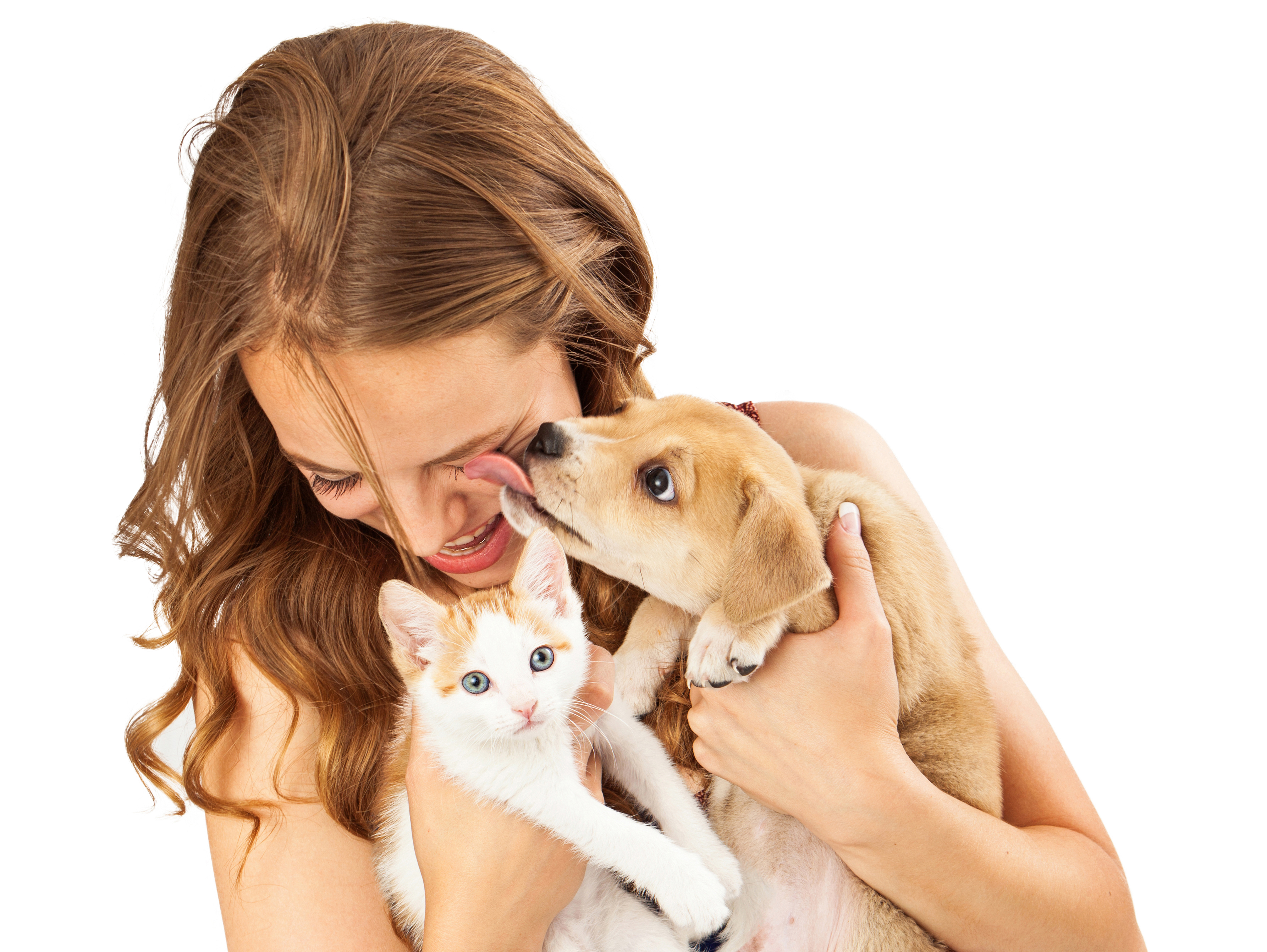Leukodystrophy is a comparatively rare crossover disease affecting cats and dogs, so we wanted to take a few moments and discuss precisely what it is. After all, many of us pet owners have cats and dogs, which means that we could be at “double the risk” of one day having a pet diagnosed with this condition, which is why it only makes sense to know a little bit about it… right?
And that’s where…
The problems start. You see, Leukodystrophy is not necessarily a definitive condition within itself. Instead, it reflects a collection of diseases that all do the same thing or a state of similar symptoms that have not been formally identified yet. Unfortunately, these “problems” have proven to be an inherited condition that can be passed on from your pup’s parents, so you should always be aware that a family history of this condition gives your dog a higher chance of suffering.
Specifically…
Leukodystrophy attacks the body’s immune system and ultimately ends up with your pup being paralyzed. It can strike from as young as two weeks old, but its mysterious nature and seemingly non-threatening symptoms can be hard to diagnose. This often leads to the pup or dog being farther along the path toward paralysis before you realize something is wrong. However, the lack of treatment options is even worse than the time it takes to diagnose. Unfortunately, there are no known treatments or cures for this condition yet.
Now…
There are treatments for the disorders that comprise Leukodystrophy, so your veterinarian will probably still be able to do at least something. However, if your dog has had this diagnosis, be prepared for hefty bills.
So, let’s look at this condition and what we are dealing with.
Leukodystrophy Defined
All of the Leukodystrophies have one thing in common: they all relate to an inability in the body to produce myelin. This process is known as demyelinating, but even with that similarity, the diseases vary from breed to breed. Myelin is also sometimes known as white matter due to its white, fatty nature.
This loss of myelin means…
The protective surface of the peripheral nerves can no longer sustain itself and starts to degenerate. This autosomal recessive genetic trait will present clinical signs as:
- Loss of coordination,
- Trouble with regular walking and running,
- And tremors in the extremities.
This protective sleeve, known as the Myelin Sheath, helps nerve impulses travel throughout the body. If you interrupt these signals, the brain will start to lose complete control of the body. You can see why that might be a problem. Additionally, all of the leukodystrophies are lysosomal storage diseases, which means that the dog’s body has trouble storing a specific vitamin or mineral necessary for the normal bodily functioning of day-to-day life.
Causes of Leukodystrophy
Leukodystrophy has been traced via the sources of the diseases that comprise it, all of which have been genetically mapped. A mutation of the Galc Gene (Galactosylceramidase) is believed to be responsible. The dog doesn’t have the inherited ability to produce the minerals needed to sustain it, so other ways must be found to provide this mineral before paralysis takes hold.
There is one notable type of Leukodystrophy, that of Globoid Cell Leukodystrophy or Krabbe’s Disease. It differs from the rest because it gains its inability to produce myelin from an inherited enzymatic deficiency rather than a genetic mutation. Unfortunately, GCL has a 100% fatality rate, although there are things your vet can do to make your pet more comfortable.
Most Commonly Affected Breeds
Since this is an inherited condition, it is pretty breed-specific. Each of the breed types has its own named disorder, as below:
- Afghan Hound (Afghan Myelomalacia),
- Beagle (Hound Ataxia variant),
- Bernese Mountain Dog (Fibrinoid Leukodystrophy),
- Cairn Terrier (GCL),
- Dalmatian (Dalmatian Leukodystrophy),
- Harrier Hound (Hound Ataxia),
- Jack Russell Terrier (Hereditary Ataxia),
- Labrador Retriever (Axonopathy, Spongiform Leukodystrophy),
- Miniature Poodle (Miniature Poodle Leukodystrophy),
- Rottweiler (Rottweiler Leukodystrophy),
- Samoyed (Spongiform Leukodystrophy),
- Silky Terrier (Spongiform Leukodystrophy),
- Smooth-Haired Fox Terrier (Hereditary Ataxia),
- West Highland White Terrier (GCL).
Diagnosis of Leukodystrophy in dogs and cats
Diagnosis of Leukodystrophy will include extensive testing, MRI scanning, and other screening tests. It will also require the employment of a veterinary neurologist, all of which adds up. If your pet has a confirmed diagnosis, it will be a downward spiral from there on in.
Treatment Options
As we’ve already mentioned, there are no known treatments for Leukodystrophy, but there are treatments to ease symptoms. Physical Therapy and medications may be employed to slow and manage symptoms. Consult your vet for information on your breed-specific disorder.
Which brings us to…
We want to remind folks that we at IndulgeYourPet are not doctors, veterinarians, or medical professionals. We are all a bunch of folks passionate about animals and only want what’s best for them. If your pet may have Leukodystrophy (or any other health issue), you may wish to have them checked out by a vet ASAP!
Because…
An early diagnosis will often lead to the “best” medical outcome for your pet regardless of what is bothering them, but beyond that, diagnosing a medical condition early could save you a bundle in medical costs! This is also why we here at IndulgeYourPet also recommend that any new pet owner take a moment and see what it might cost to purchase a pet insurance policy for your new animal.
Now, will a pet insurance policy be suitable for everyone?
No, probably not. But until you fully understand what these policies “will” and “won’t” cover and how much these pet insurance policies cost, how will you know if one might be right for you?
For more information on who we feel currently offers the “best” pet insurance policies out there, we would encourage you to check out our Best Pet Insurance Policies article.



